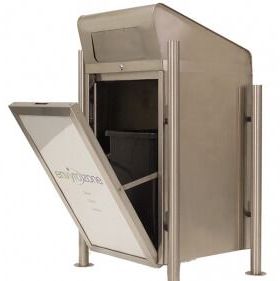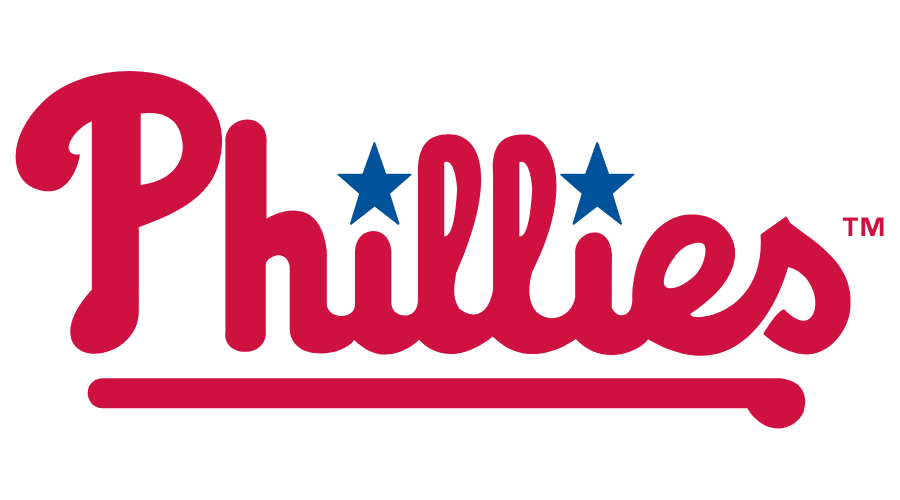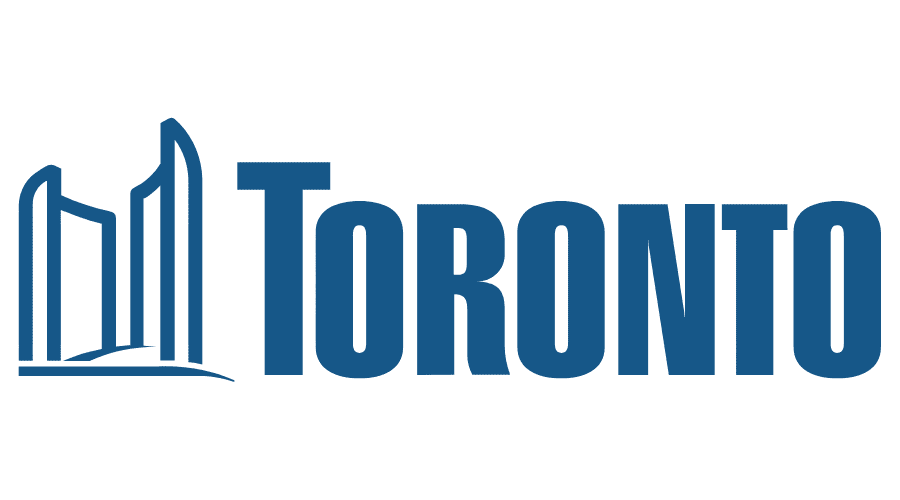How Can Urban Spaces Blend Sustainability and Style?
Cities today aren't just hubs of activity-they are reflections of evolving values, particularly in terms of sustainability, functionality, and design. As urban planning adapts to shifting environmental priorities, a new movement is emerging-eco-inclusive urban design. This approach goes beyond traditional planning, focusing on how cities can combine form and function through intelligently designed infrastructure.
Central to this movement is the integration of commercial park benches with outdoor recycling bins, creating public areas that serve practical needs while reinforcing a community's commitment to environmental responsibility.
The Fusion of Form and Function in Urban Furniture
When it comes to urban furniture, functionality should never come at the expense of aesthetics. Likewise, style shouldn't compromise sustainability. Thoughtfully designed commercial park benches and outdoor recycling bins embody this balance. These installations not only offer practical value but also contribute to the visual and cultural fabric of the environment.
Commercial Park Benches: More Than Just Seating
- Offer rest and comfort to pedestrians.
- Encourage social interaction.
- Create inviting gathering points.
- Built from sustainable, durable materials that withstand harsh weather conditions
Outdoor Recycling Bins: A Pillar of Sustainable Behaviour
- Promote proper waste separation and reduce landfill burden.
- Encourage civic participation in environmental efforts.
- Designed to blend seamlessly with public settings
- Offer modular options to accommodate various waste streams (paper, plastic, compost, etc.).
Together, these elements become integral parts of a larger eco-urban design ecosystem.
Urban Aesthetics and Sustainability Go Hand-in-Hand
Designing modern public spaces involves more than selecting a bench or a bin-it's about curating an experience. Strategic placement, material choices, and cohesive styling can significantly impact how citizens interact with their environment.
Key Design Considerations
- Symmetry & Spacing: Arranging benches and bins in a balanced layout enhances both functionality and visual appeal.
- Material Harmony: Matching materials (like recycled plastic, metal, or wood) across furnishings creates cohesion.
- Accessibility: Ensuring universal access through ergonomic designs encourages inclusivity.
- Durability: Opting for weather-resistant and low-maintenance materials ensures longevity and reduces long-term costs.
Integrating these elements thoughtfully results in public areas that invite engagement and encourage responsible behaviour.
Encouraging Sustainable Habits Through Strategic Integration
A well-placed outdoor recycling bin beside a commercial park bench is more than a convenience-it's a behavioural cue. By placing these items in high-traffic areas such as parks, transit zones, or courtyards, cities naturally promote sustainable actions.
Psychological Triggers Behind Placement
- Visibility encourages usage.
- Accessibility reduces barriers to action.
- Clear signage eliminates confusion.
- Grouping waste bins by material stream simplifies sorting.
Such setups demonstrate that sustainability can be effortless when supported by smart design.
Design-Forward Approaches That Inspire
Urban design isn't just about placement-it's also about presentation. Municipalities, architects, and developers are embracing contemporary styling that supports city branding and user comfort without compromising on environmental goals.
Popular Urban Furniture Styles
- Minimalist Designs: Clean lines, neutral tones, and modular functionality
- Natural Aesthetics: Woodgrain finishes and earth-toned colours that complement green spaces
- Industrial-Inspired: Powder-coated metals for a modern, rugged look
- Custom Branding Options: City logos, corporate identities, or educational messages can be etched or printed on surfaces.
No matter the aesthetic, the goal remains the same-create an inviting environment while embedding eco-consciousness into daily life.
Sustainable Materials Define the Future
Modern manufacturing techniques now allow for the use of high-performance, environmentally friendly materials that don't compromise on strength or beauty.
Sustainable Materials in Urban Furniture
- Recycled Plastic Lumber: Made from post-consumer waste, resistant to rot and splintering
- Powder-Coated Steel: Corrosion-resistant, durable, and available in various colours
- Aluminium Alloys: Lightweight, strong, and recyclable
- Sustainably Sourced Timber: Ethically harvested wood with a timeless aesthetic
Selecting these materials reduces the carbon footprint of installations while ensuring long-lasting urban assets.
Customization: Adapting to the Identity of Every Space
No two communities are alike-and neither should their furniture be. Offering customization options for park benches and recycling stations allows urban planners to align public spaces with the identity of the neighbourhood or city.
Key Customization Features
- Colour Schemes: Match local architecture or landscape themes.
- Signage: Multilingual labelling or educational prompts
- Capacity: Adjust sizes based on projected usage.
- Smart Features: Add-ons like solar lighting or fill-level sensors
These custom touches enhance the user experience and amplify environmental messaging without disrupting the urban aesthetic.
Practical Tips for Planners and Developers
Urban planners, landscape architects, and developers aiming to elevate their spaces while maintaining a focus on sustainability should consider the following:
- Conduct Space Assessments: Understand pedestrian flow, purpose, and visibility needs.
- Choose Modular Designs: Allow for easy upgrades and maintenance.
- Balance Greenery and Furniture: Soft landscaping combined with durable furniture promotes eco-balance.
- Opt for Maintenance-Efficient Products: Prioritize materials that resist wear and require minimal upkeep.
- Educate Through Design: Incorporate graphics or QR codes linking to recycling programs or green initiatives.
By taking a proactive, design-forward approach, stakeholders can create spaces that are functional, beautiful, and environmentally sound.
Moving Towards a Circular Urban Economy
As the circular economy gains traction, urban infrastructure must follow suit. Public furniture and waste systems should be designed with end-of-life considerations, ensuring they are either reusable, recyclable, or biodegradable.
Circular Design Checklist:
- Is the furniture recyclable?
- Can components be replaced individually?
- Are the materials ethically sourced?
- Will the product minimize landfill impact after use?
Designing with these principles helps foster a regenerative urban ecosystem, paving the way for smarter, cleaner, and more efficient cityscape.
Designing for Today While Planning for Tomorrow
Eco-inclusive urban design represents a transformative approach to how we build and interact with public spaces. By combining commercial park benches with outdoor recycling bins, city planners and property managers can help communities adopt more sustainable behaviours while enriching the aesthetic appeal of their surroundings.
This blend of comfort and consciousness proves that design can be both functional and future-focused. With the right vision and partners, cities can evolve into cleaner, greener, and more welcoming spaces for all.
Pioneering Sustainable Solutions for Smarter Urban Spaces
At Envyrozone, we specialize in transforming urban and commercial landscapes into eco-efficient environments. Our innovative line of commercial park benches and outdoor recycling bins is thoughtfully engineered to support both sustainability and visual elegance. We understand that public spaces are evolving-and our products are designed to lead that evolution.
From modular furniture collections to fully customizable recycling solutions, we provide the tools to help planners, architects, and developers bring eco-conscious designs to life. We focus on durability, style, and sustainability-so you can focus on shaping the future of your community.
Transform your public spaces with Envyrozone-where sustainable design meets smart urban innovation!












